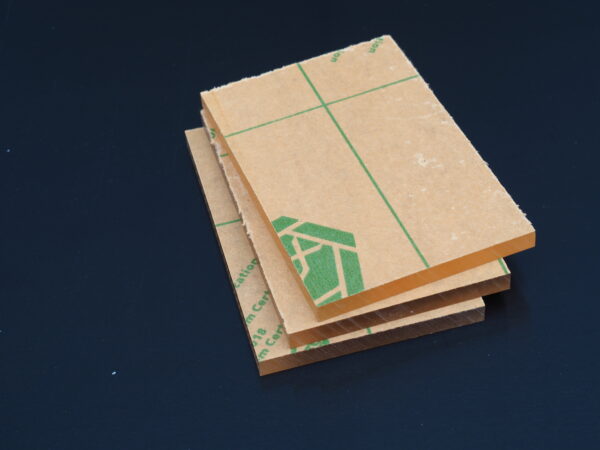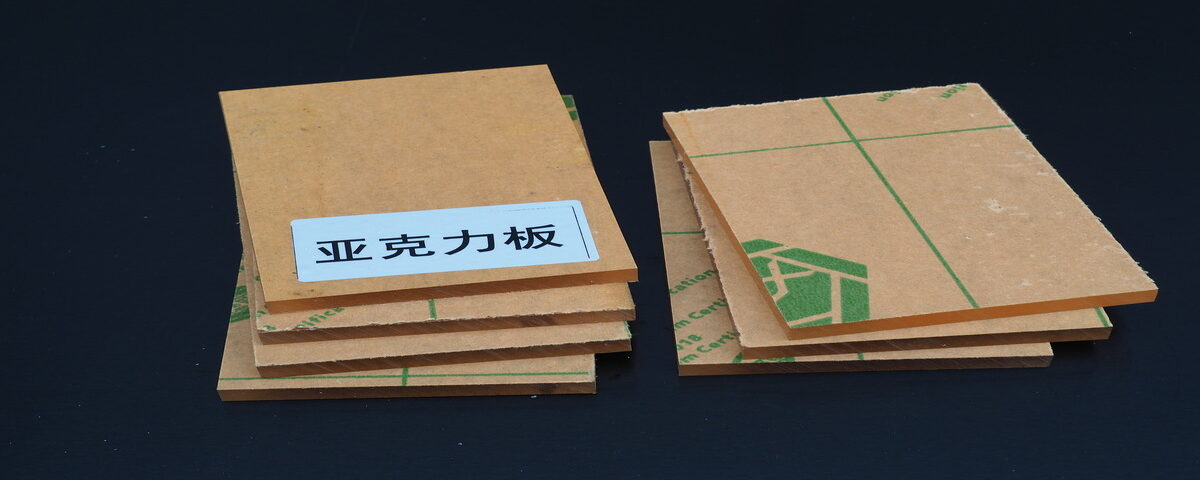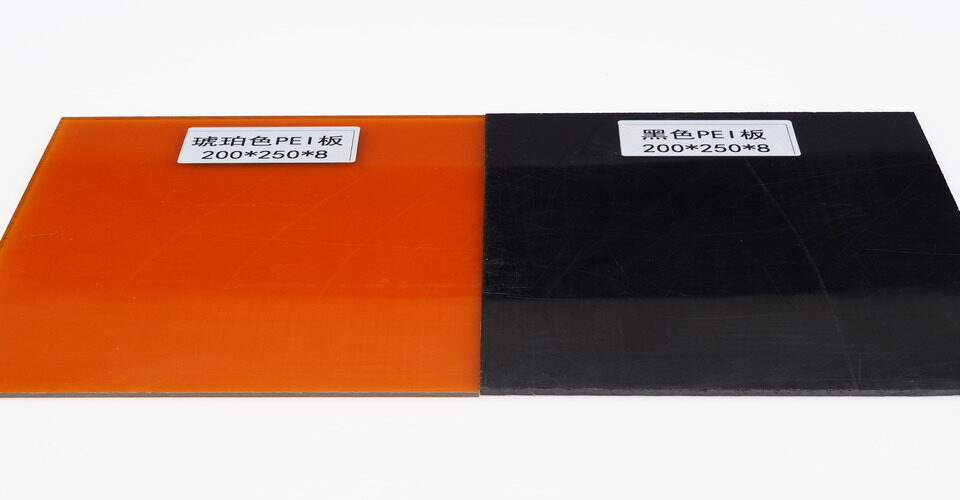
why we use Pu plastic sheet
February 14, 2025
What are ABS Plastic used for?
February 14, 2025Transparent acrylic, commonly known as polymethyl methacrylate (PMMA), is a versatile thermoplastic renowned for its exceptional optical clarity and durability. Below are its key properties:
1. Optical Clarity
- High Light Transmission: Acrylic transmits up to 92% of visible light, offering exceptional clarity comparable to glass.
- Low Light Reflection: It exhibits minimal light reflection, enhancing transparency and visual appeal.

2. Impact Resistance
- Enhanced Durability: Acrylic is approximately 17 times more impact-resistant than ordinary glass, making it less prone to breakage.
- Safety Advantage: In the event of breakage, acrylic fractures into dull-edged pieces, reducing injury risk.
3. Temperature Resistance
- Thermal Stability: Acrylic maintains its structural integrity across a wide temperature range, from -40°C to 80°C.
- Dimensional Stability: It exhibits minimal expansion or contraction with temperature fluctuations.
4. Chemical Resistance
- Resistant to Chemicals: Acrylic withstands exposure to many chemicals, including oils and solvents, without significant degradation.
- Environmental Stability: It maintains its properties under various environmental conditions, making it suitable for outdoor applications.
5. Lightweight
- Reduced Weight: Acrylic is about half the weight of glass, facilitating easier handling and installation.
- Structural Efficiency: Its lightweight nature reduces the load on supporting structures in architectural applications.
6. Machinability
- Ease of Fabrication: Acrylic can be easily cut, drilled, and shaped using standard tools, allowing for versatile design possibilities.
- Surface Finish: It achieves a high-quality surface finish, suitable for applications requiring clear and polished appearances.
7. UV Resistance
- UV Stability: Acrylic resists degradation from ultraviolet light, maintaining its clarity and color over time.
- Protective Coatings: UV-resistant coatings can be applied to enhance its longevity in outdoor environments.
These properties make transparent acrylic a preferred material in various applications, including signage, windows, displays, and protective barriers.






